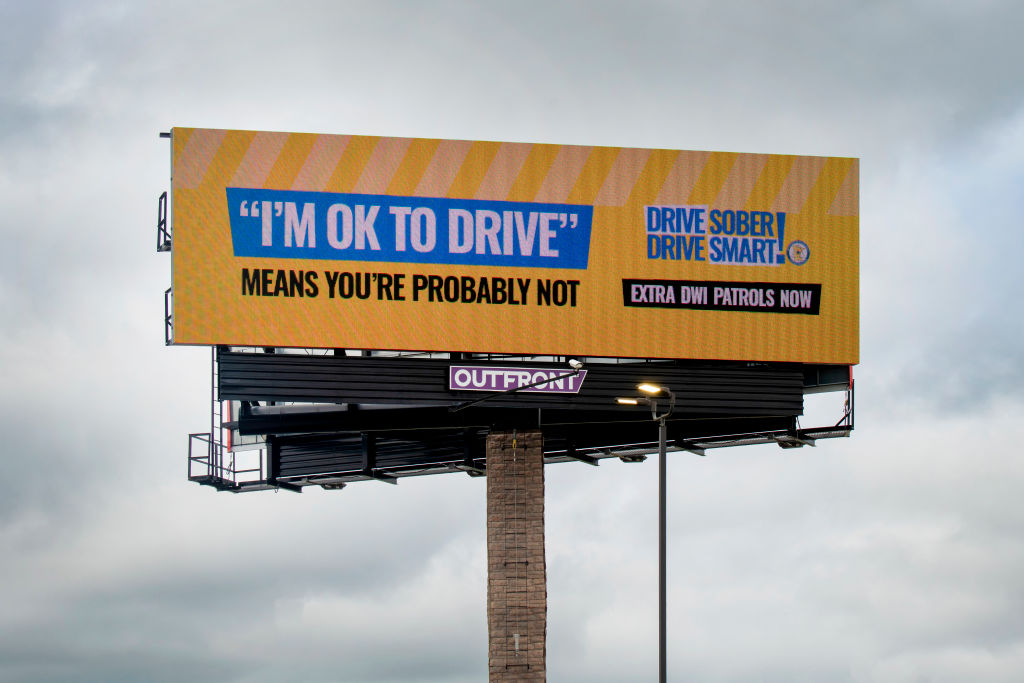Liv’s Law : Ohio Drivers Face $25,000 Fines and New Tests
Liv’s Law Effective In Days: Ohio Drivers Face $25,000 Fines and New Tests
In just a few days, Ohio drivers face big changes. Liv’s Law goes into effect on April 9, 2025. This new legislation ramps up penalties for drunk driving. Named after Olivia Wright, killed by a drunk driver in 2020, it aims to deter repeat offenders.

Stricter Fines and Jail Time Ahead
Currently, aggravated vehicular homicide carries a $15,000 fine. Soon, that jumps to $25,000. Meanwhile, the maximum prison sentence increases from 15 to 20 years. For those with multiple OVI convictions, courts can now look back 20 years. Before, it was only 10 years.
New Testing Methods Introduced
Additionally, police gain a new tool starting next week. They can collect oral fluid samples from suspected drunk drivers. Previously, only blood, urine, or breath tests were allowed. Now, results come in minutes, speeding up enforcement. Refusing this test? It’s a misdemeanor with fines or jail time.

Ignition Interlocks Become Mandatory
Moreover, repeat offenders face stricter rules. If charged with OVI twice or more, ignition interlocks are required. These breathalyzers must be blown into to start a car. Currently, courts decide this on a case-by-case basis. Soon, it’s mandatory, no exceptions.
A Push for Safer Roads
Ultimately, Liv’s Law seeks to save lives. According to NBC 4, Ohio lawmakers hope harsher penalties discourage drunk driving. As April 9 nears, drivers must adapt or face the consequences. For instance, a second OVI offense now costs $715, up from $525. So, plan ahead—designate a sober driver or risk it all. Safer roads start with smarter choices.



